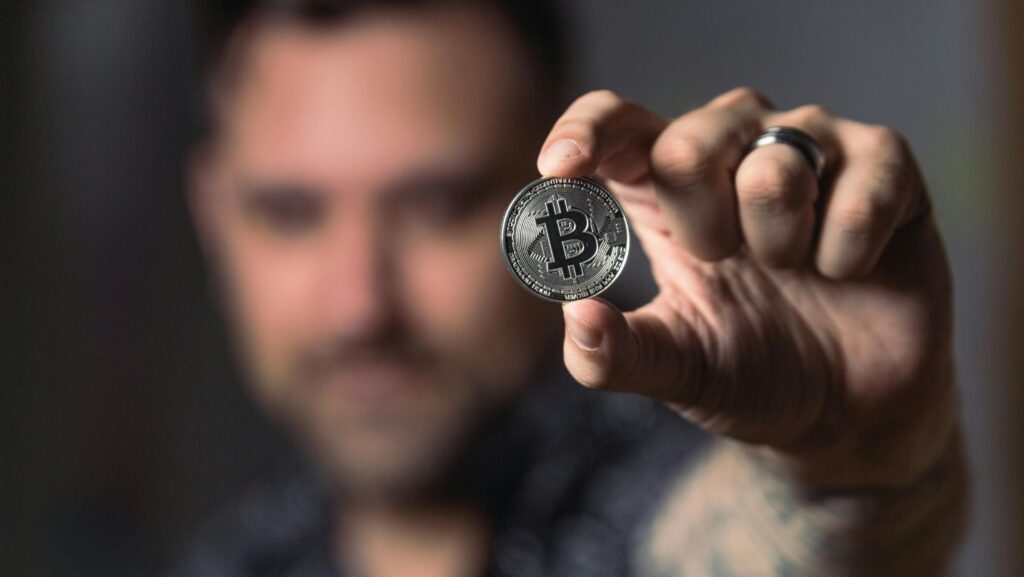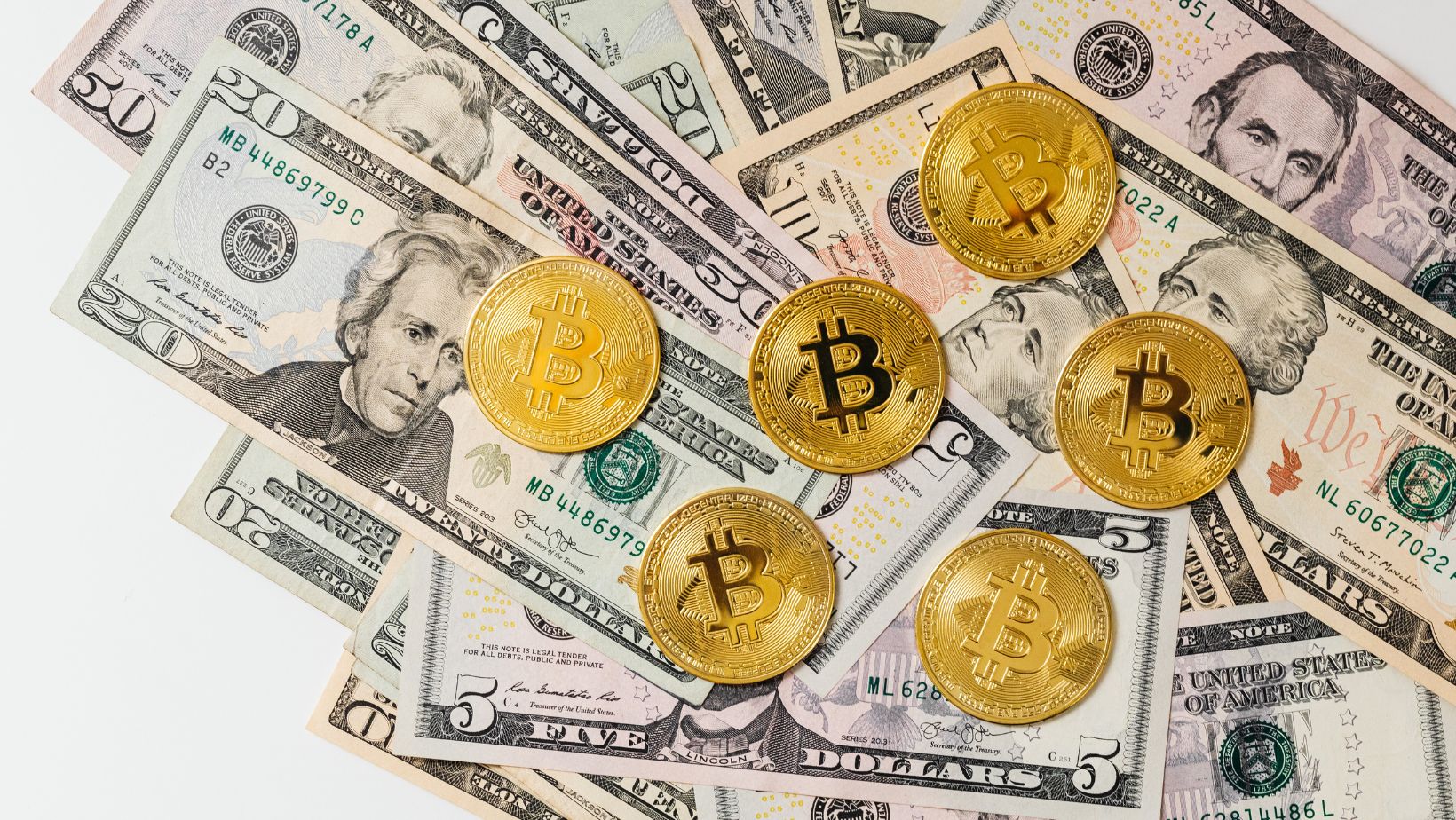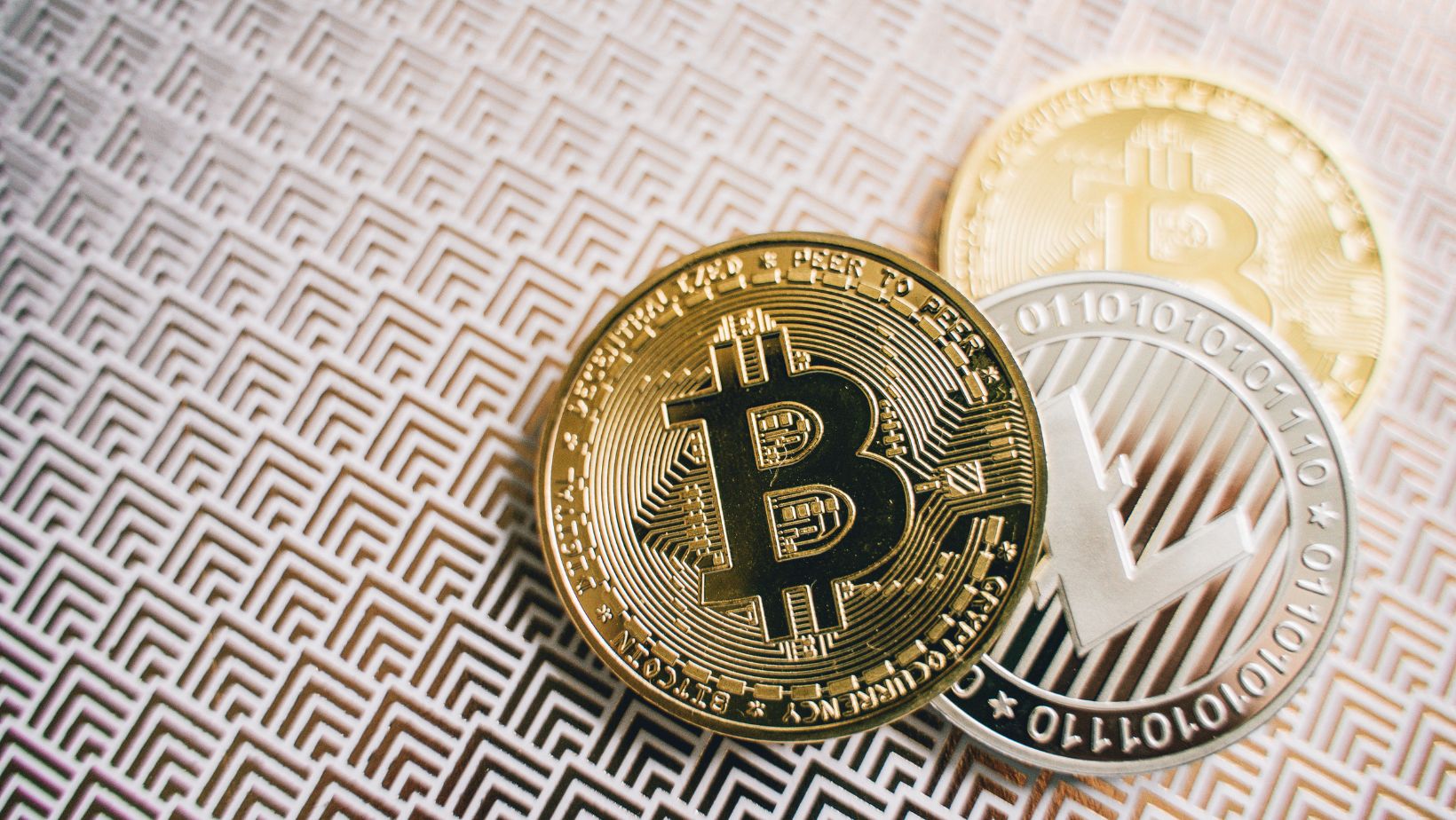
In 2008, amid the wreckage of a global financial crisis, an anonymous figure named Satoshi Nakamoto proposed something radical: a new kind of money, independent of banks, governments, and middlemen. The Bitcoin whitepaper, titled Bitcoin: A Peer-to-Peer Electronic Cash System, laid out a vision for a decentralized currency. No printing presses, no central control—just a network of users verifying transactions through cryptographic proof.
At first, few noticed. Cypherpunks, libertarians, and cryptography enthusiasts saw potential. The mainstream world did not. Then, in early 2009, Nakamoto mined the genesis block, the first-ever Bitcoin block, embedding a newspaper headline about bank bailouts. A message, not just a transaction. This was more than code; it was defiance.
The Price That Caught the World’s Eye
Bitcoin was never meant to be an investment. It was designed as a currency, a way to transact without trusting banks. But when something is scarce, people speculate. The first-ever Bitcoin price was negotiated in 2010: 10,000 BTC for two pizzas. At today’s prices, that’s an unimaginable sum. Back then, it was barely noticed.
Then came the fluctuations. The early adopters, mining Bitcoin on personal computers, saw their holdings skyrocket. Then crash. Then rise again. Bitcoin price analysis became an obsession—charts, trends, predictions. Was it a bubble? A scam? Or the birth of something inevitable? The swings, the fortunes made and lost, ensured Bitcoin could not be ignored. The world was watching.
Dark Markets and Early Skepticism
Bitcoin’s first major use case wasn’t exactly a noble one. It found a home in Silk Road, an online black market where drugs and illicit goods were traded freely. Bitcoin’s pseudo-anonymity made it the perfect currency for a digital underworld. Law enforcement took notice. Regulators grew wary. When the Silk Road was shut down in 2013 and its founder arrested, headlines declared Bitcoin finished. It wasn’t.
Skepticism remained. Governments dismissed it as a fad. Economists called it a bubble. Banking executives sneered. Bitcoin was unregulated, volatile, risky. It had no intrinsic value, they said. But neither did gold, some argued. And unlike gold, Bitcoin was programmable, borderless, digital.
Institutional Interest and the Road to Legitimacy
Bitcoin survived. It didn’t just survive—it grew. Slowly, institutions took notice. First, a handful of merchants accepted it. Then, in 2017, Bitcoin futures were introduced. Traditional finance was paying attention. The price soared, reaching $20,000 that year before crashing again. The cycle repeated. Boom, bust, recover, repeat. But each time, more people joined the network. More businesses accepted it. More investors took it seriously.
Governments, once dismissive, started responding. Some banned it. Others embraced it. In 2021, El Salvador made Bitcoin legal tender—a first for any country. Suddenly, Bitcoin was more than an asset; it was a national currency. Institutions like Tesla and Square bought in. Banks that once laughed at Bitcoin now offered custody services for it. The tide had turned.
Scaling Problems and Solutions
Bitcoin was never perfect. It was slow, processing just a handful of transactions per second. It became expensive as demand surged. Critics pointed to these flaws as proof it would never work as a global currency. But solutions emerged.
Layer 2 technology, like the Lightning Network, promised faster, cheaper transactions. Developers built new protocols, improving privacy and security. Meanwhile, other cryptocurrencies emerged, each tackling different aspects of Bitcoin’s limitations. But Bitcoin remained the benchmark—the original, the most secure, the most trusted.
The Future: Currency or Store of Value?
As Bitcoin matured, a debate emerged: was it truly a currency, or something else? In everyday transactions, it struggled against traditional payment systems. But as a store of value, it thrived. Digital gold, they called it. A hedge against inflation, against reckless monetary policy, against uncertainty. Governments printing trillions during crises only strengthened this argument.
Still, its future remains uncertain. Regulation is coming—some say necessary, others say suffocating. Newer technologies may challenge it. But Bitcoin has survived every obituary written for it, every crisis that was supposed to kill it. It doesn’t need a CEO, a headquarters, or permission. It just runs. And as long as people believe in it, Bitcoin isn’t going anywhere.
FAQs
Who created Bitcoin?
Bitcoin was created by an anonymous person (or group) using the pseudonym Satoshi Nakamoto. Their identity remains unknown.
What was the first recorded Bitcoin transaction?
The first known Bitcoin transaction was in 2010 when Laszlo Hanyecz paid 10,000 BTC for two pizzas, now known as Bitcoin Pizza Day.
Why does Bitcoin’s price fluctuate so much?
Bitcoin is still a relatively young asset, and its price is influenced by speculation, demand, regulatory changes, and macroeconomic trends.
Is Bitcoin legal?
Bitcoin’s legality varies by country. Some nations fully embrace it, while others heavily regulate or ban it outright.
Can Bitcoin replace traditional currencies?
It’s unlikely to replace traditional currencies entirely, but it may coexist alongside them as a global store of value or digital asset.














